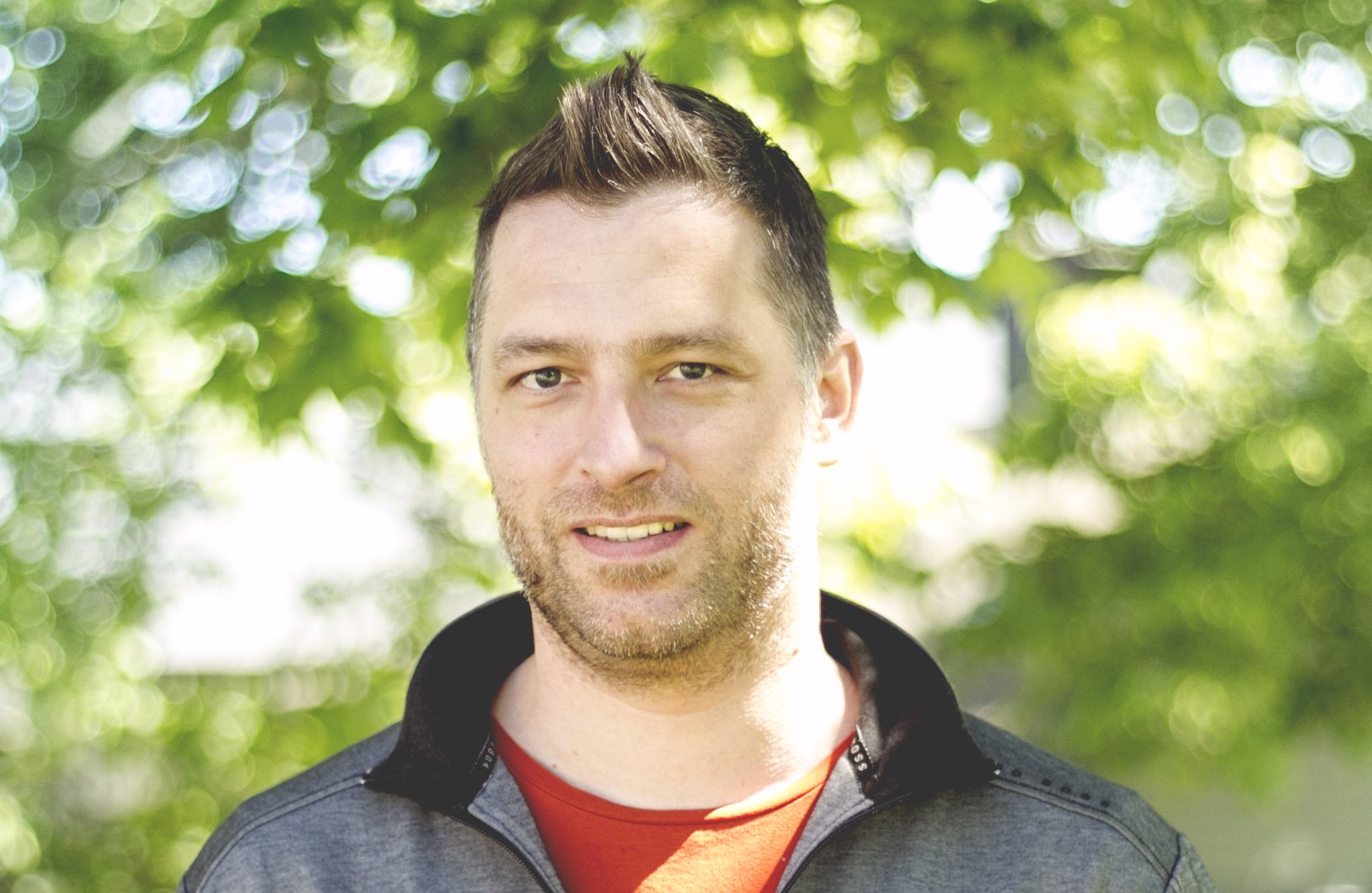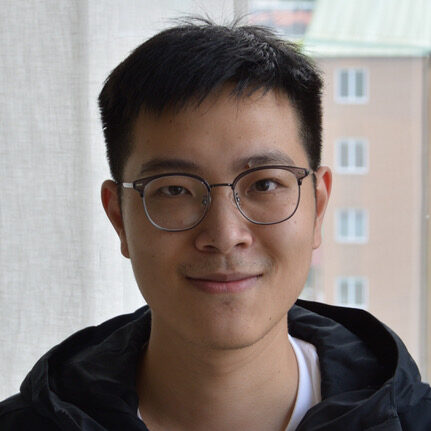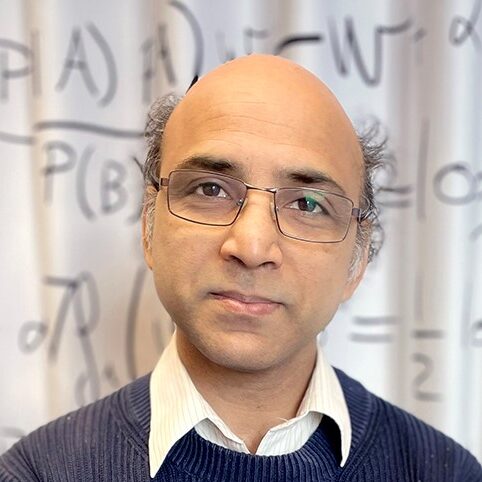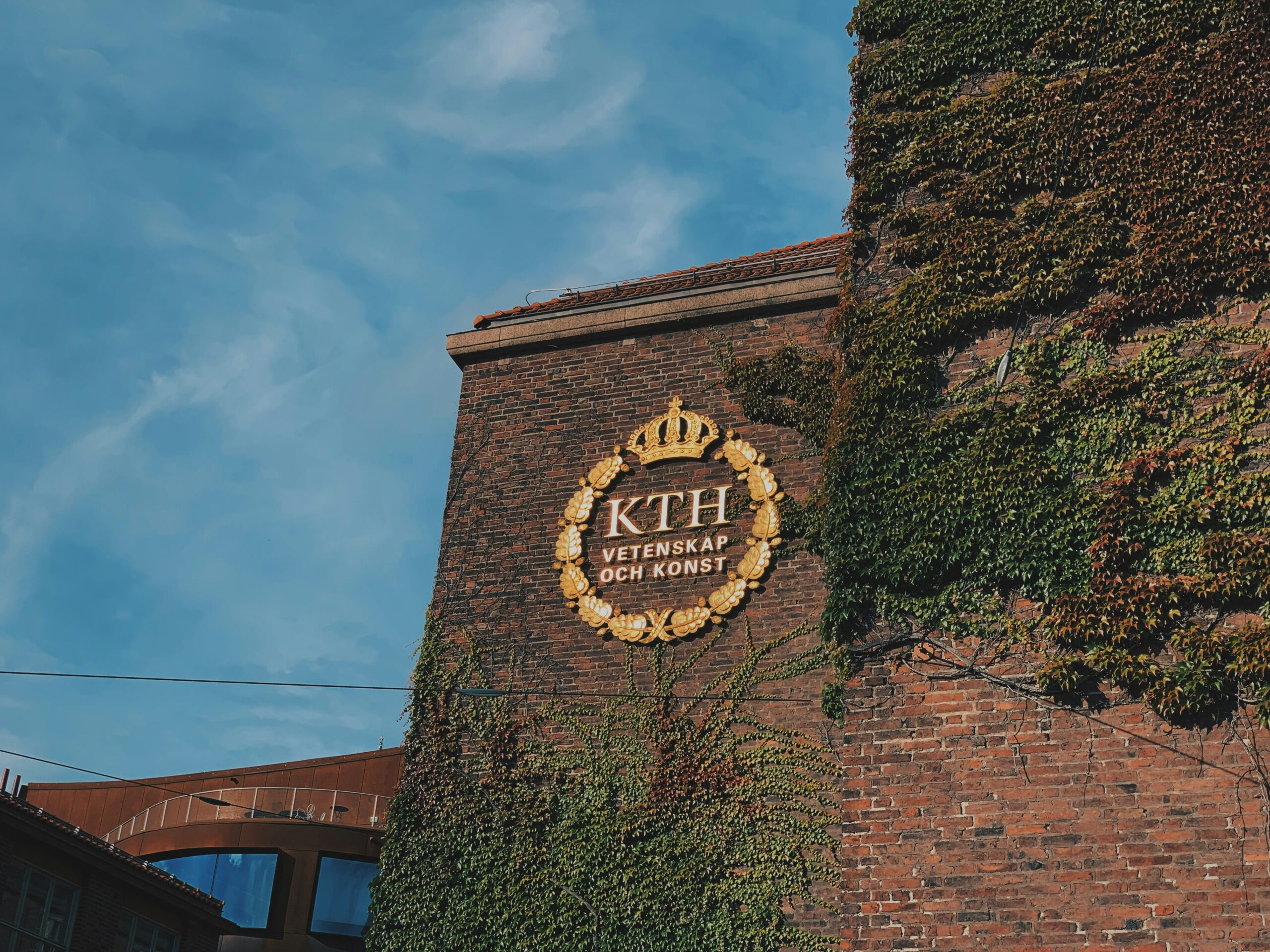Seminar is CANCELLED and will be rescheduled – stay tuned for more information!
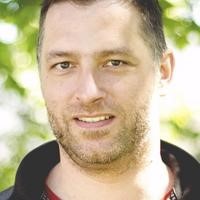
Abstract: Despite the lack of a universally accepted definition, information is broadly understood as data imbued with meaning, capable of communication and inducing change. It can be quantified in “bits,” yet information is more than abstract data; its profound impact on the physical organization of our world suggests it must have a material foundation, existing as specific patterns in physical entities.
So where, then, do “bits” reside among the “atoms”?
In my talk, I will explore the physical constitution of information from an evolutionary perspective, beginning with the origin of patterned physical entities (henceforth called structures). I suggest modelling systems as causal sets in which the system’s structures are elements with a partial order relation ⪯ that signifies which structures actively contribute to the creation of others. I will demonstrate how specific patterns within these causal sets allow us to define what constitutes information and to illuminate the close relationship between information and evolution.
I argue that information can be quantified by its evolutionary fitness, potentially extending Shannon entropy. I also propose that different types of information—absence of information, genes, memes, inanimate structures processed by humans, and those processed by machines—give rise to distinct emergent layers of self-organization: the physical, biological, cultural, civilizational, and cybernetic layers. Finally, I will touch upon the epistemological implications of this perspective, particularly its impact on our understanding of knowledge, science, and mathematics.
Bio: Wouter van der Wijngaart has degrees in Electrotechnical Engineering (MSc), Philosophic Academy, and Mathematics Education (KU Leuven, 1996) and a PhD in microsystem technology (KTH, 2002). He has been a Full Professor in Micro and Nanosystems at KTH since 2010.
Date and time: 28 November 2024, 13:00-14:00 CET
Speaker: Wouter van der Wijngaart
Title: Where are the bits in atoms? A perspective on the physical origin and evolutionary nature of information
Where: Digital Futures hub, Osquars Backe 5, floor 2 at KTH main campus OR Zoom
Directions: https://www.digitalfutures.kth.se/contact/how-to-get-here/
OR
Zoom: https://kth-se.zoom.us/j/69560887455
Host: TBC
Administrator: TBC

